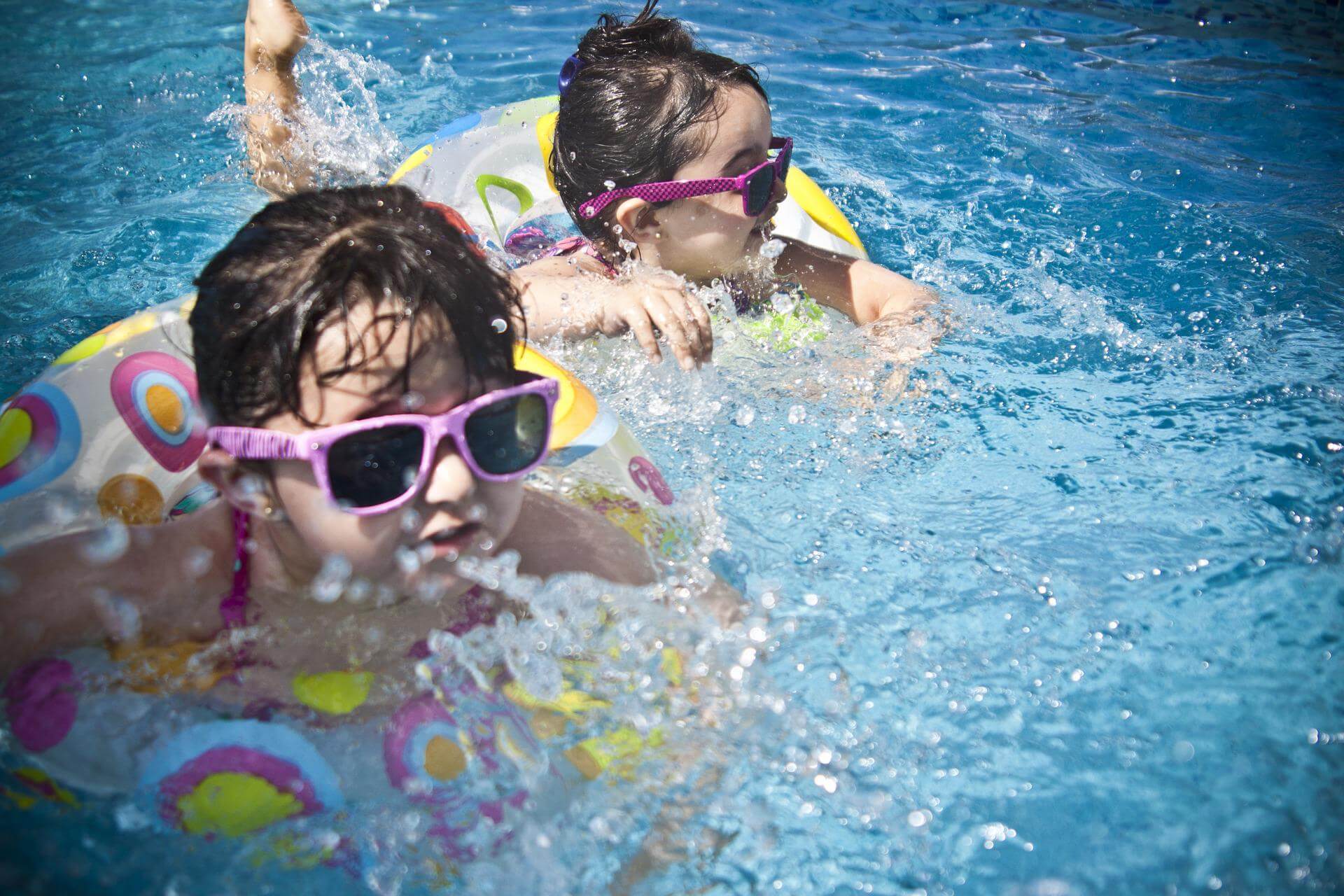Preventing Drowning Deaths and Injuries
Preventing Drowning Deaths and Injuries

The best way to prevent drowning deaths is to learn how to swim. It may seem like an overly simple solution, but the best answers often are. There are certainly other good ways to prevent drowning – wearing life jackets when recreating around lakes and rivers, securing our backyard pools and spas from unnoticed access by young children, etc. — but knowing how to swim is the most basic.
Although an experienced personal injury attorney can help families impacted by drowning tragedies receive compensation for their losses, it’s far better to take simple precautions to prevent these incidents in the first place.
What Are the Dangers?Drownings — both fatal and non-fatal — are most significantly a danger for children. While the leading causes of death among children vary most significantly by age, a report from the New England Journal of Medicine notes that drowning is the single most common cause of death among children ages 1 to 4 years. Additional statistics compiled by the Centers for Disease Control show that:
- Drowning is the number two cause of death (after motor vehicle accidents) for children 1 to 14-years-old;
- The U.S. averages nearly 4,000 fatal drownings per year, an average of nearly eleven per day;
- The U.S. averages more than 8,000 non-fatal drowning each year, an average of more than twenty-two per day;
- For each fatal drowning of a child that occurs, there are eight more non-fatal drownings that require emergency department care in a hospital; and
- More than forty percent of those emergency department visits will require in-patient hospitalization or other further care.
While we often think of drowning incidents in terms of the danger of death — which is significant — all those non-fatal drownings can also have devastating impacts. Any non-fatal drowning involves an interruption of breathing and full flow of oxygen to the brain, which can result in brain damage with long-term or permanent effects.
Preventing Drowning Deaths — Everyone Needs to Know How to SwimWhere and how drownings occur are directly related to how people are exposed to water. For example, in the United States:
- White children are most likely to drown in backyard pools;
- Black children are most likely to drown in public pools;
- Native American children are most likely to drown in lakes or rivers.
But everyone is exposed to some form of danger of drowning. Stop Drowning Now — an independent organization promoting water safety — notes that “drowning doesn’t discriminate,” with more than 300,000 drowning deaths worldwide each year, making it the third most likely cause of unintentional injury-related death. Even in a relatively wealthy country like the United States, roughly half of all children have few to zero swimming skills, with this lack peaking at 79% of children of households with less than $50,000 annual income.
Drowning PreventionAmong the simple precautions to take for preventing drowning deaths are:
- Learning to swim, which can reduce drowning risk in young children who take swim lessons by as much as 88%;
- Barriers around swimming pools to prevent unintentional access by children;
- Life-saving training, to learn the fundamentals of rescue breathing and CPR;
- Life jackets work, both for people who know how to swim and those who don’t.
Be aware of activity around water. Children in or near water should always and constantly be closely monitored. Most drowning incidents occur very quickly, so even momentary distractions can be dangerous. Even among adults, it’s best not to recreate individually around water — adopt a “buddy system” so that adults can watch out for each other’s safety.
Where Can We Learn How to Swim?There are many, many different resources for learning to swim for both children and for adults, and the best age to learn to swim is now — infants as young as 6 months participate many combined parent-child lessons, and most swim lesson programs offer training to children of toddler-age and older. The Red Cross provides access to swimming lessons for adults and older teens throughout the United States through their Learn-to-Swim program (with a search tool for local providers), as well as safety training in CPR, first aid, and other skills. USA Swimming — the parent organization for youth and amateur sports swimming in the United States — offers a search tool to connect parents with local swimming lesson providers for their children. Most public pools will either offer lesson programs directly or have referrals to local lesson providers, and in most parts of the United States a simple web search will turn up numerous local swim schools, gyms offering swim lessons, and low or no-cost public programs. Learn to swim today!
View this video about “water competency” from the American Red Cross:
Sacramento Swimming Pool Accident LawyerHi, my name is Ed Smith, and I’m a Sacramento Swimming Pool Accident Lawyer. Drownings and other swimming pool related injuries often strike the youngest and most vulnerable among us. Although they very often are preventable using the techniques described above, sometimes tragedy strikes even when we are being our most careful. If you or a member of your family has suffered an injury in or around a swimming pool or spa, please call us today at (916) 921-6400 or (800) 404-5400 for free, friendly advice. You can also reach us through our online contact form.
We are proud to be among the injury attorneys of the National Association of Distinguished Counsel and the Million Dollar Advocates Forum.
You can read our client reviews on Google, Yelp, and Avvo and case histories of our past verdicts and settlements.
Image by Pexels from Pixabay
gm [cs 951] bw